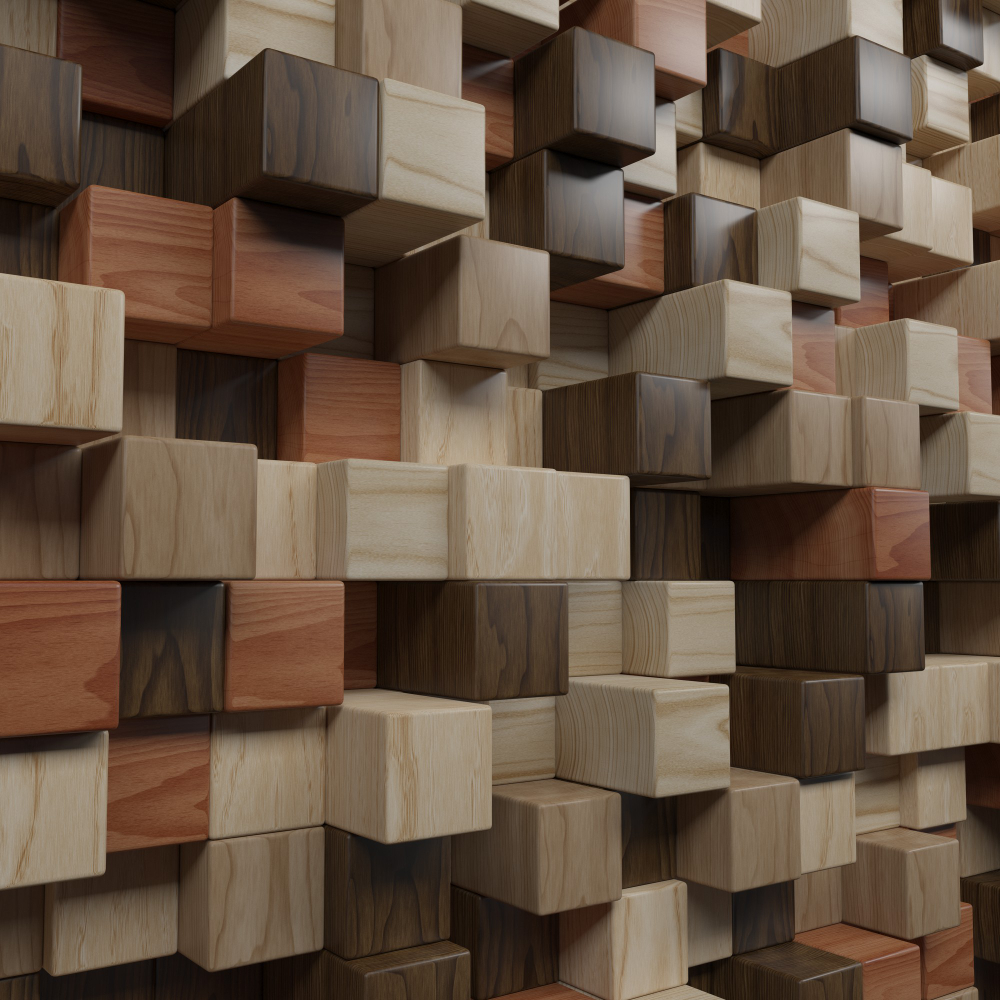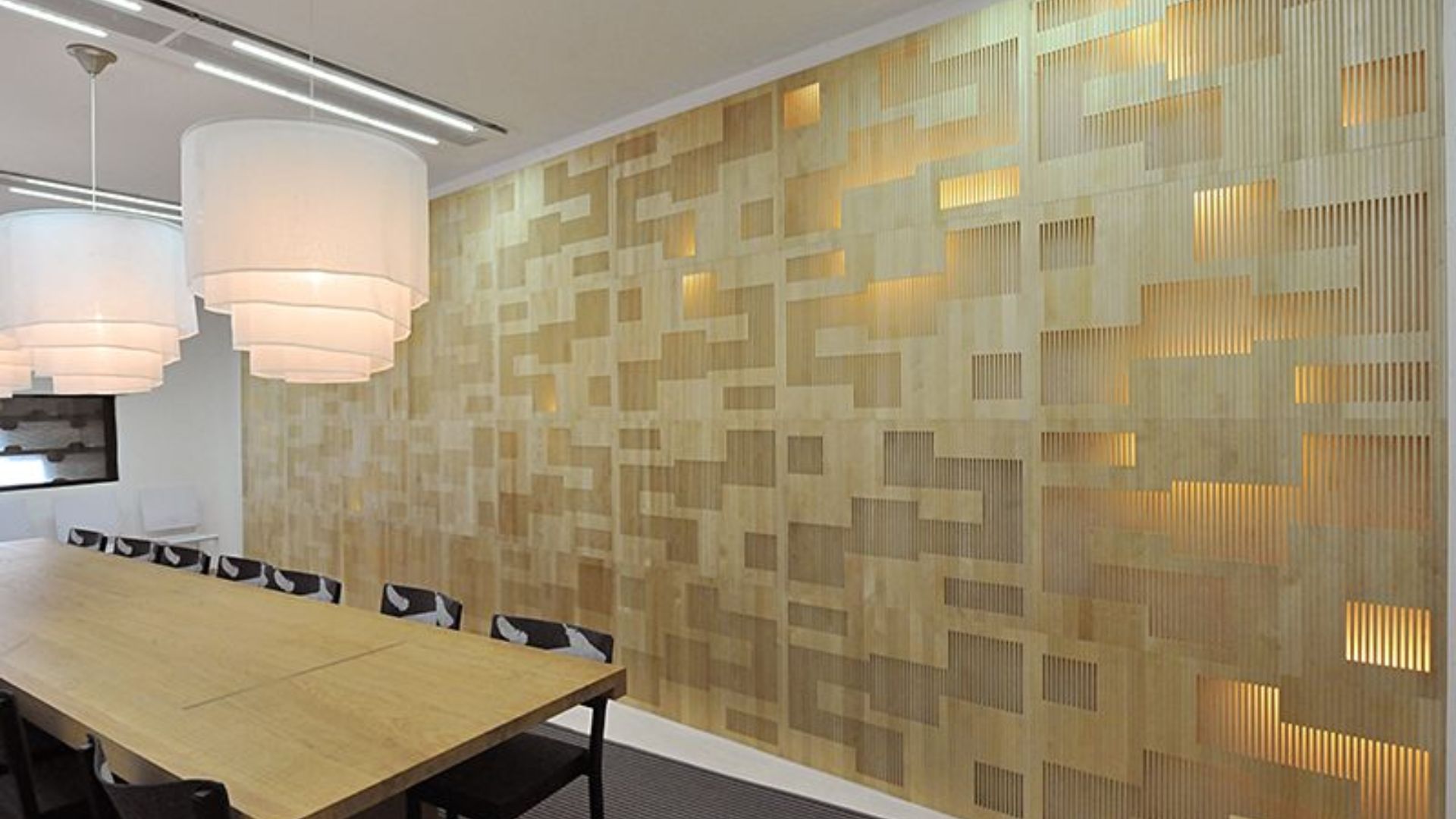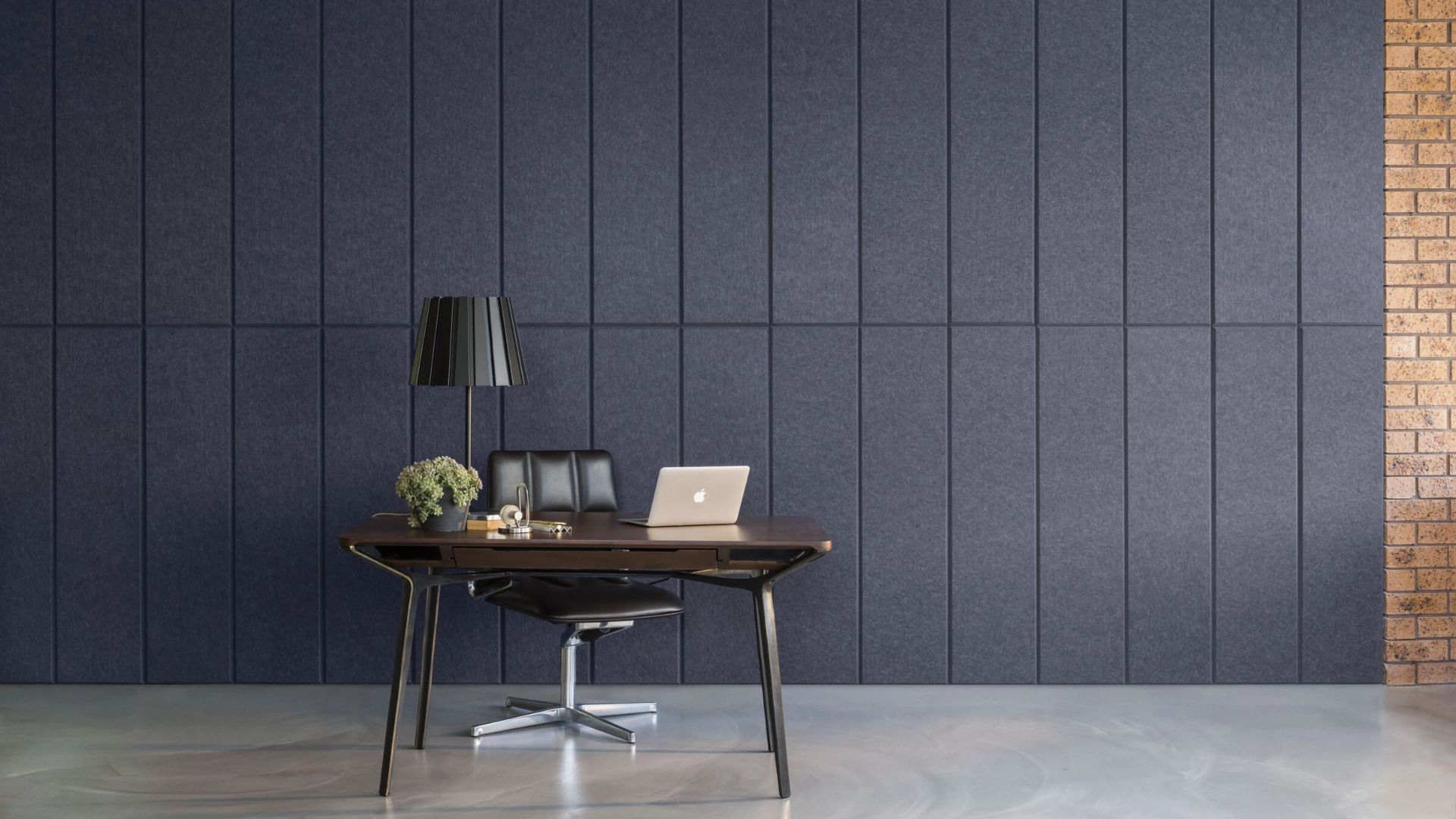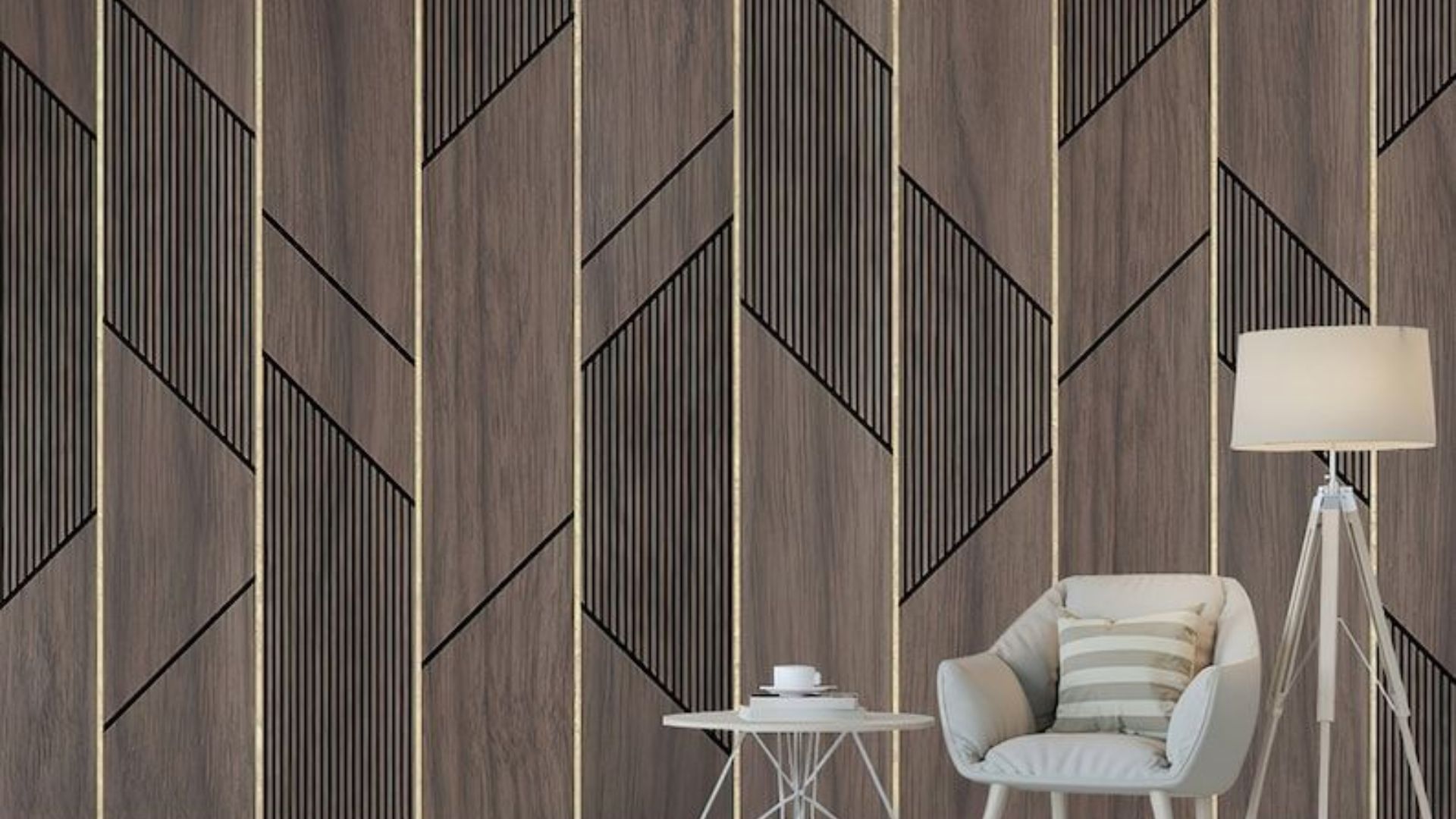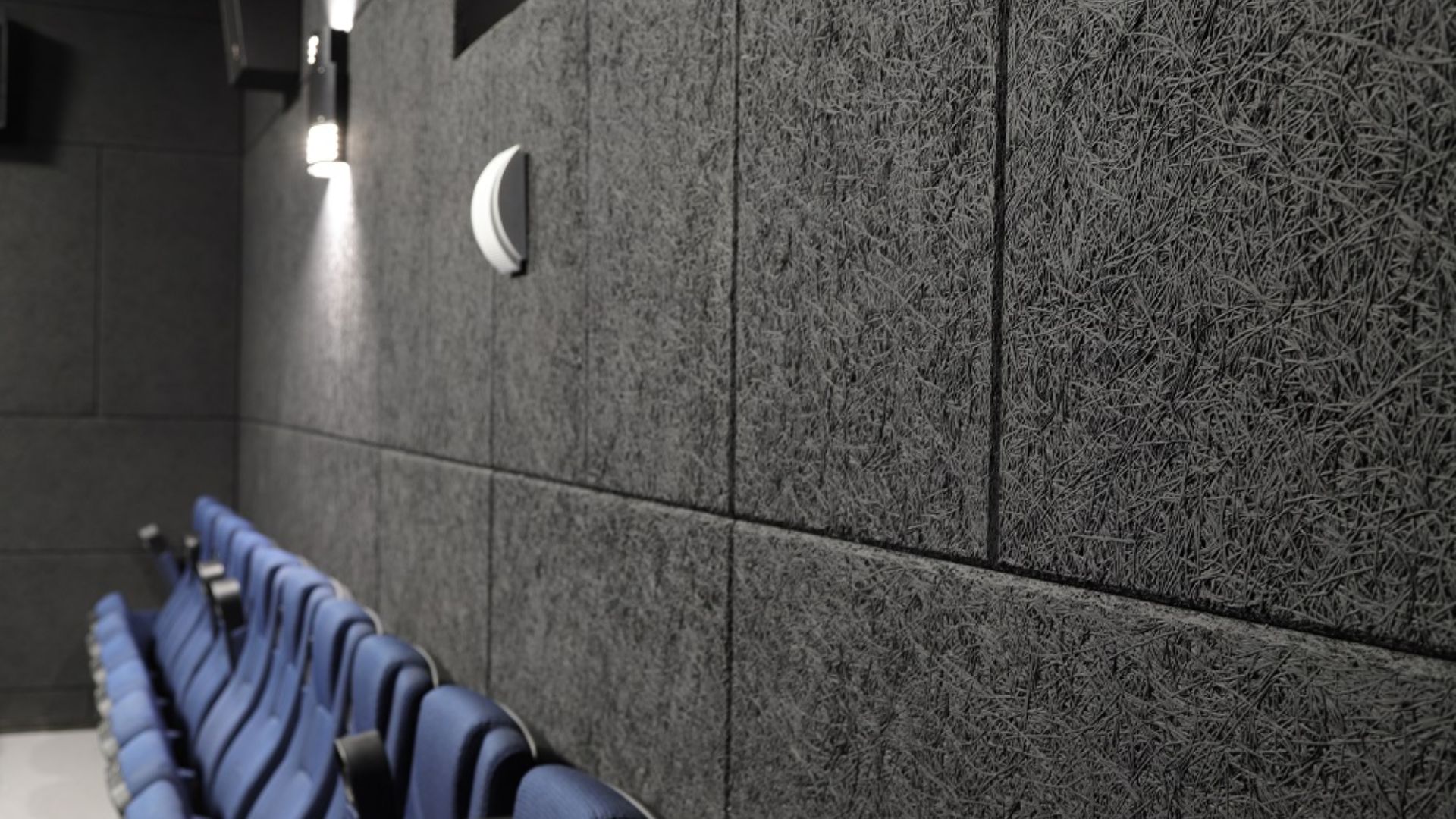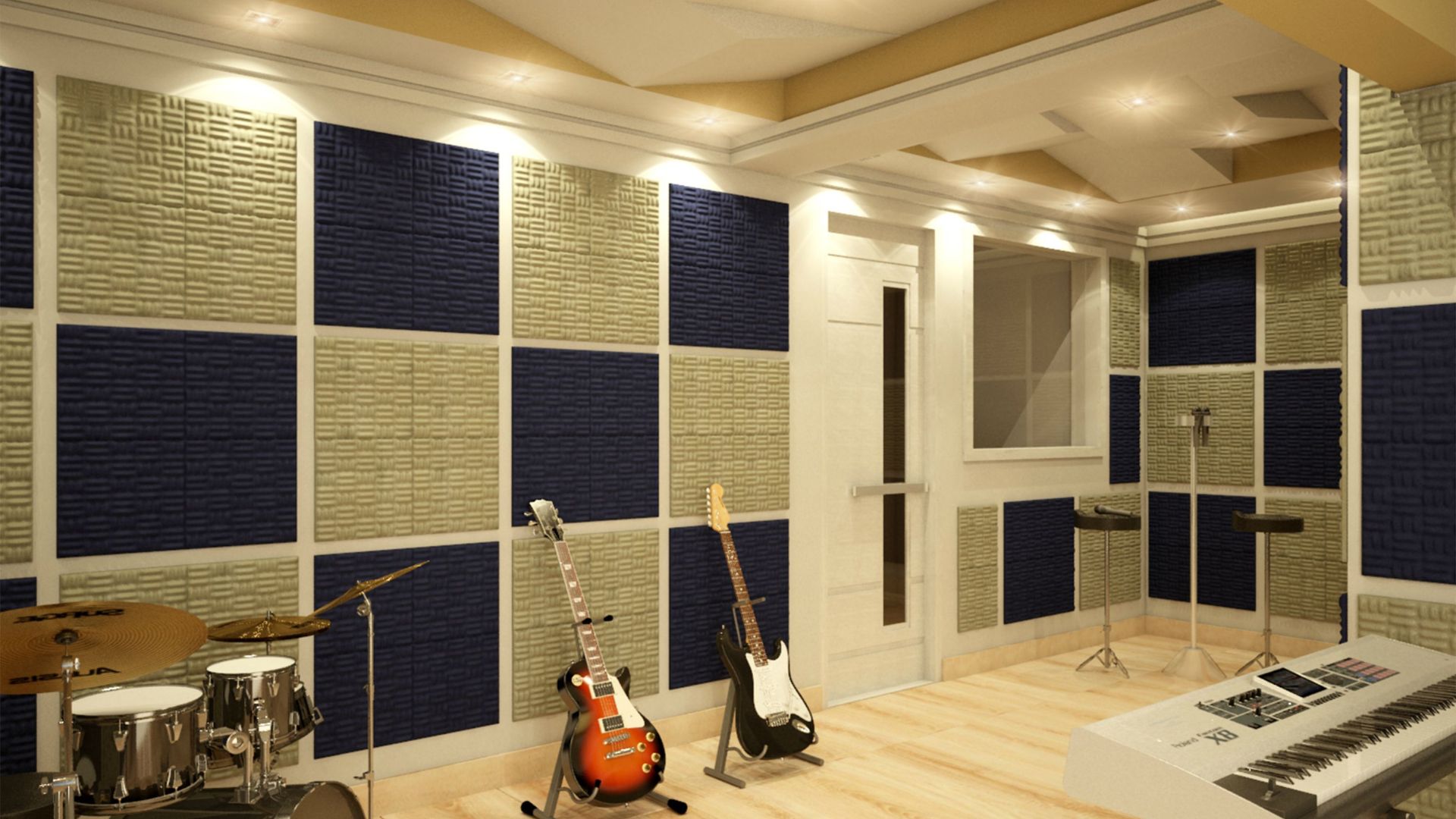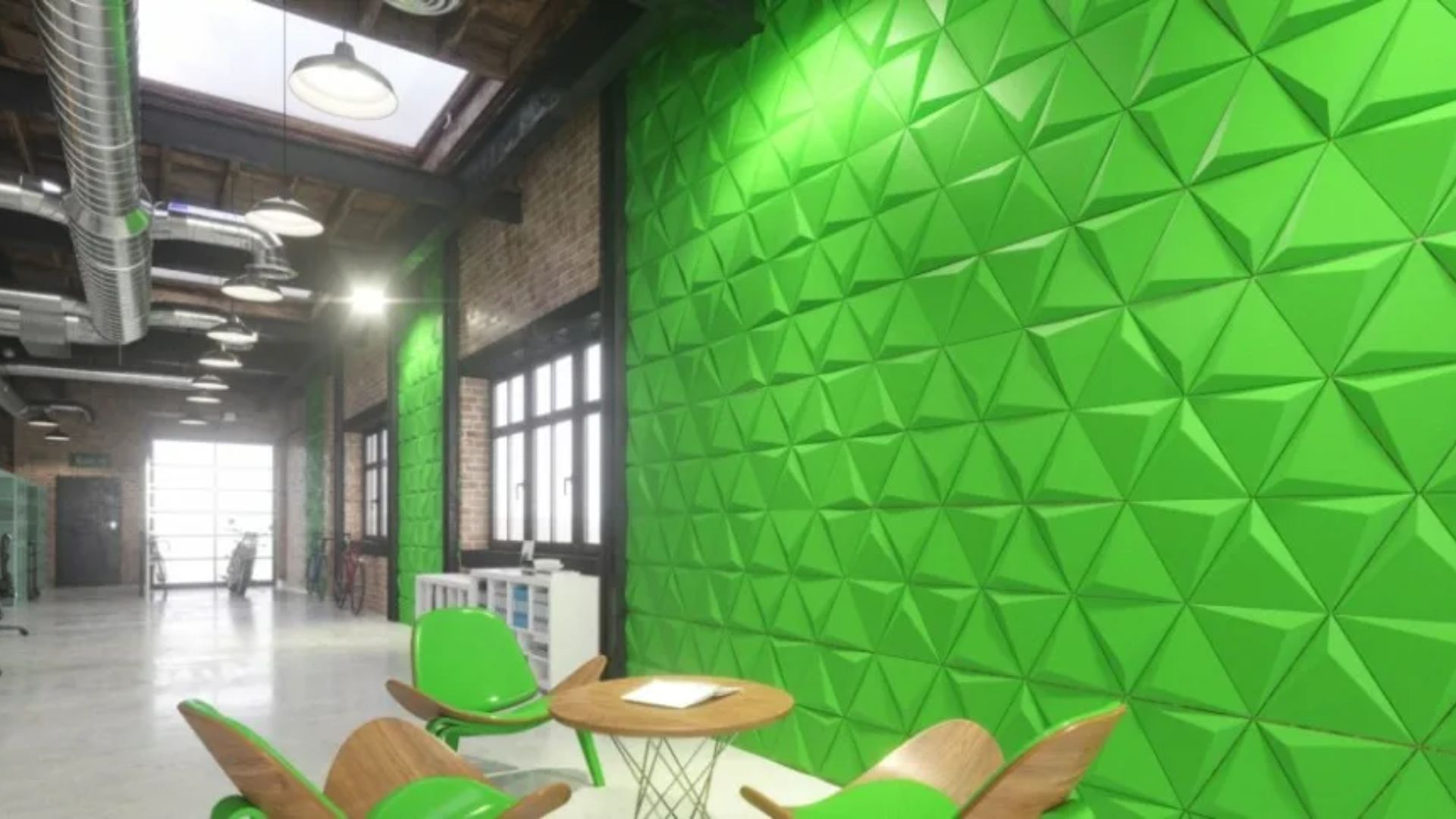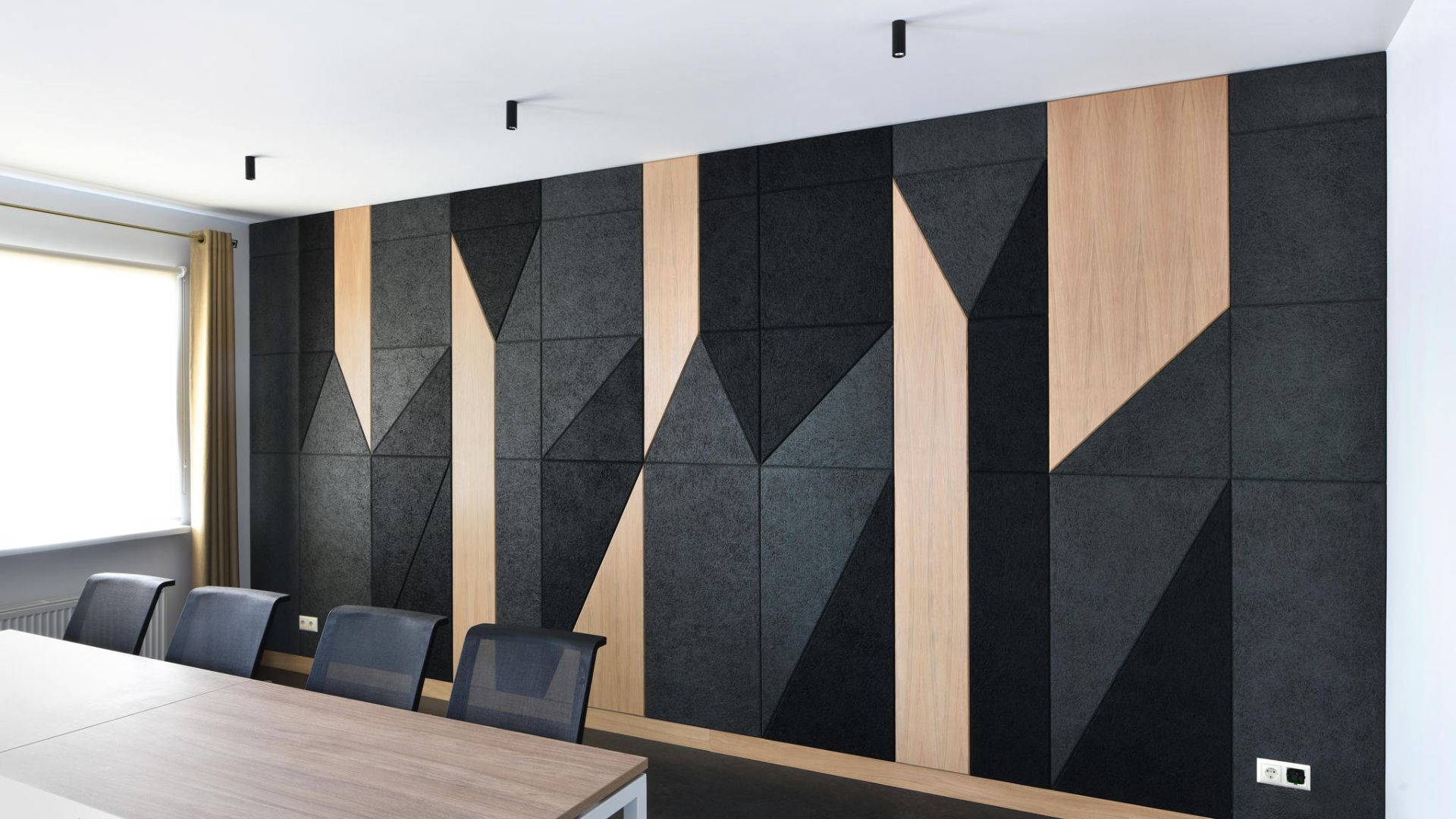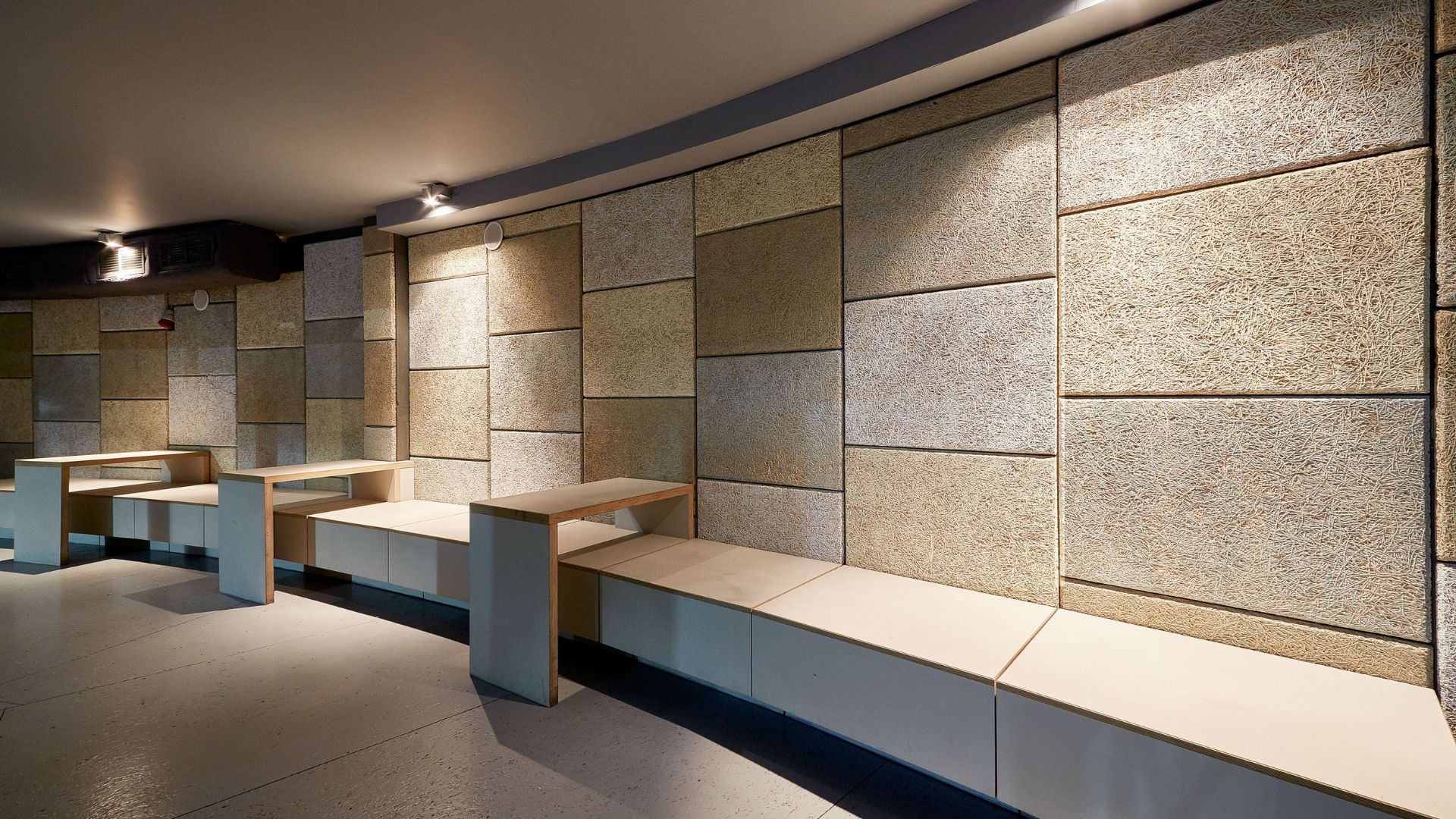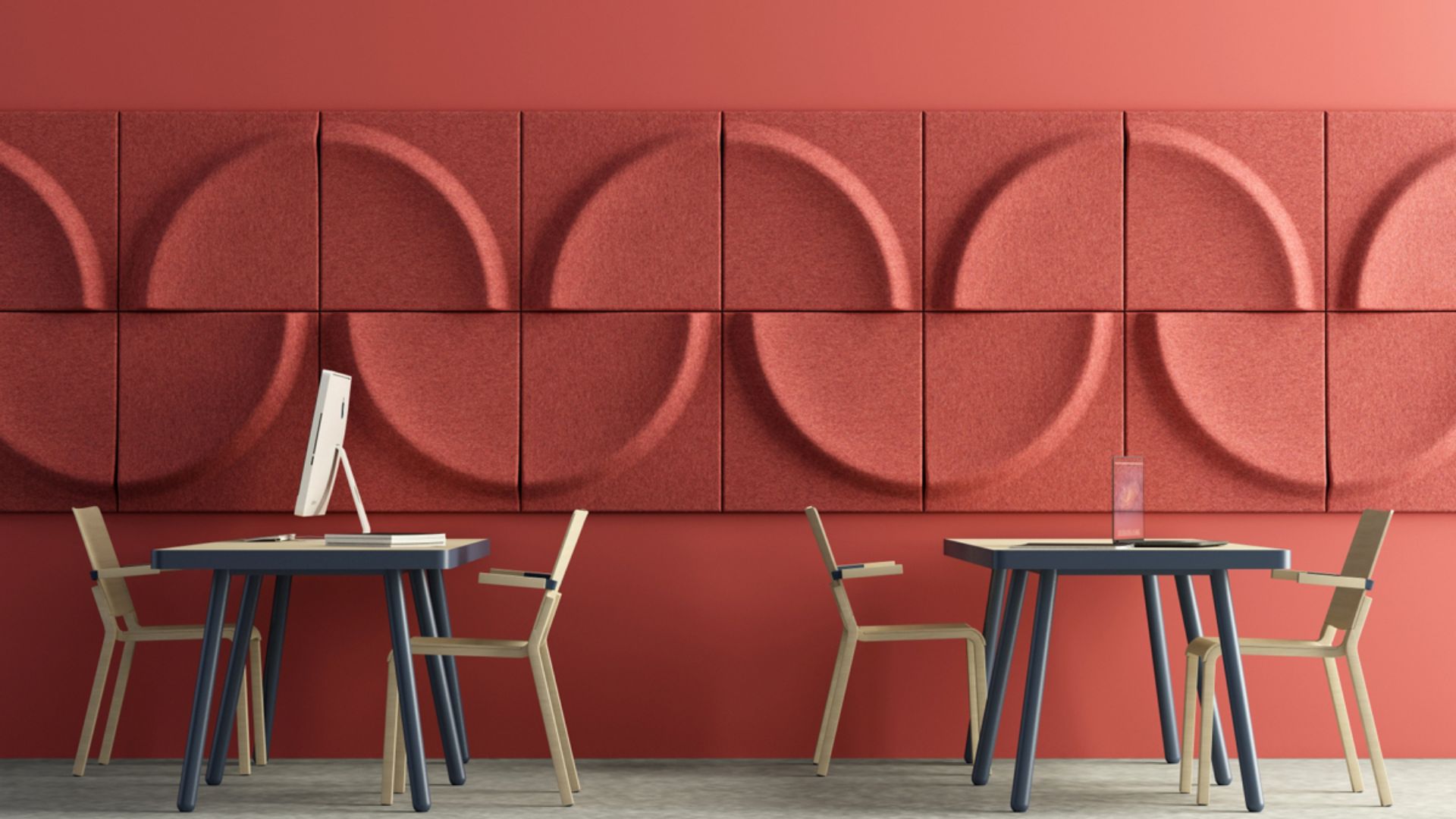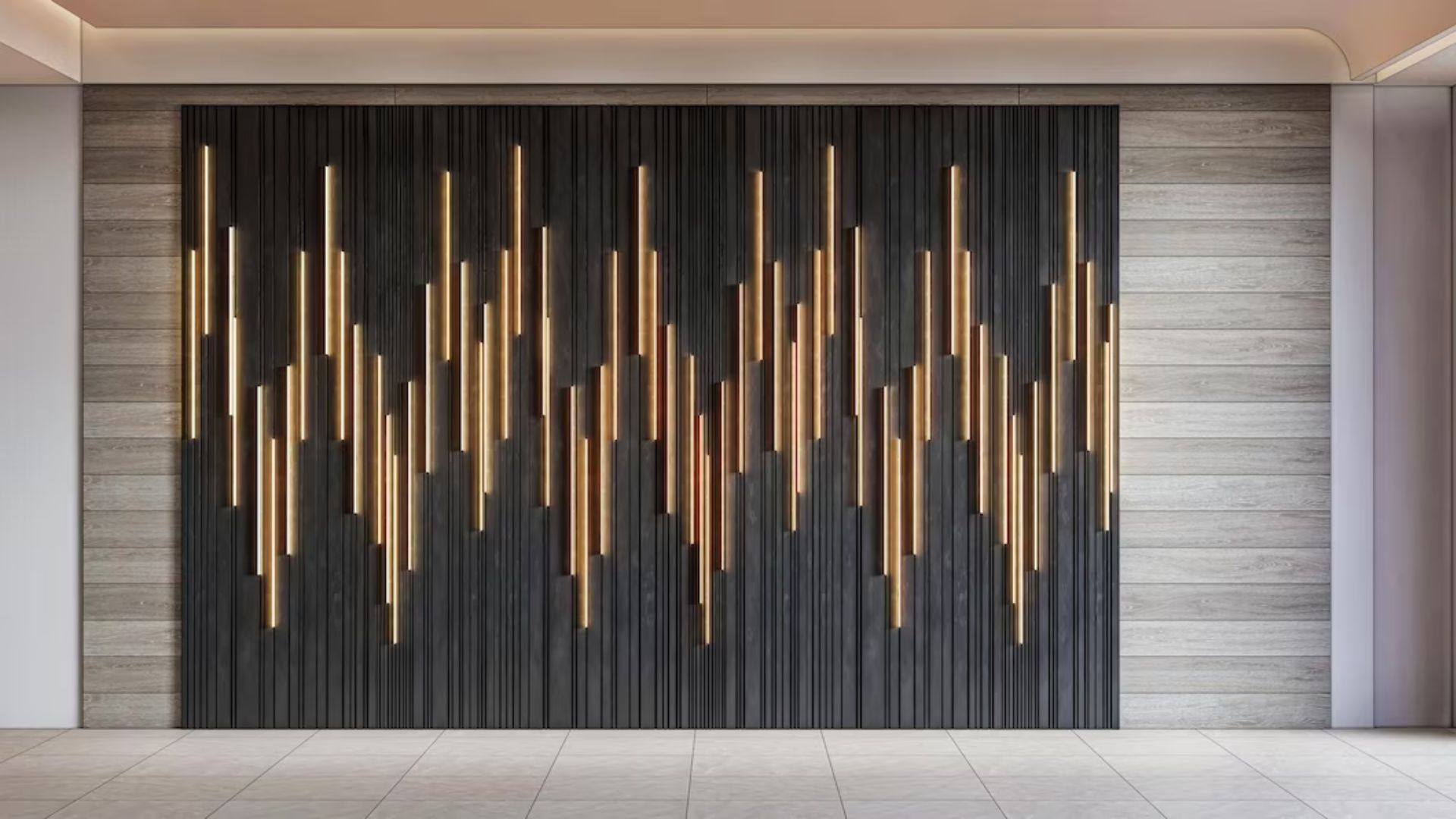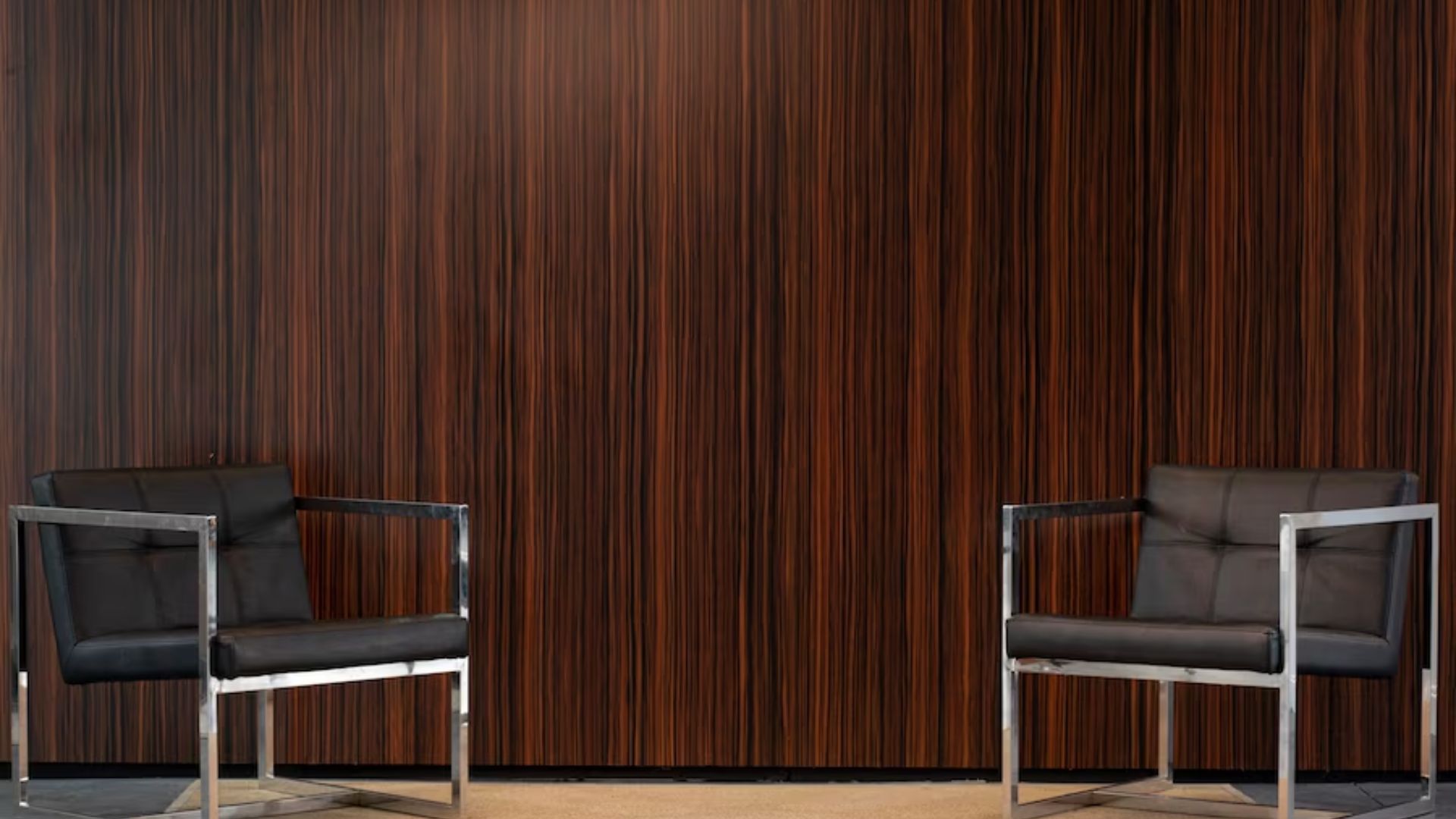Introduction
Soundproofing a wall can make your home or office much more comfortable and private. You might be looking to dampen street noise, noisy neighbors, or internal noise between rooms. Proper soundproofing can change everything. Getting to 100% soundproofing involves using a calculated combination of materials and methods specifically engineered to repel and trap sound waves. This tutorial will guide you through the best ways to soundproof a wall and make a quieter room fully.
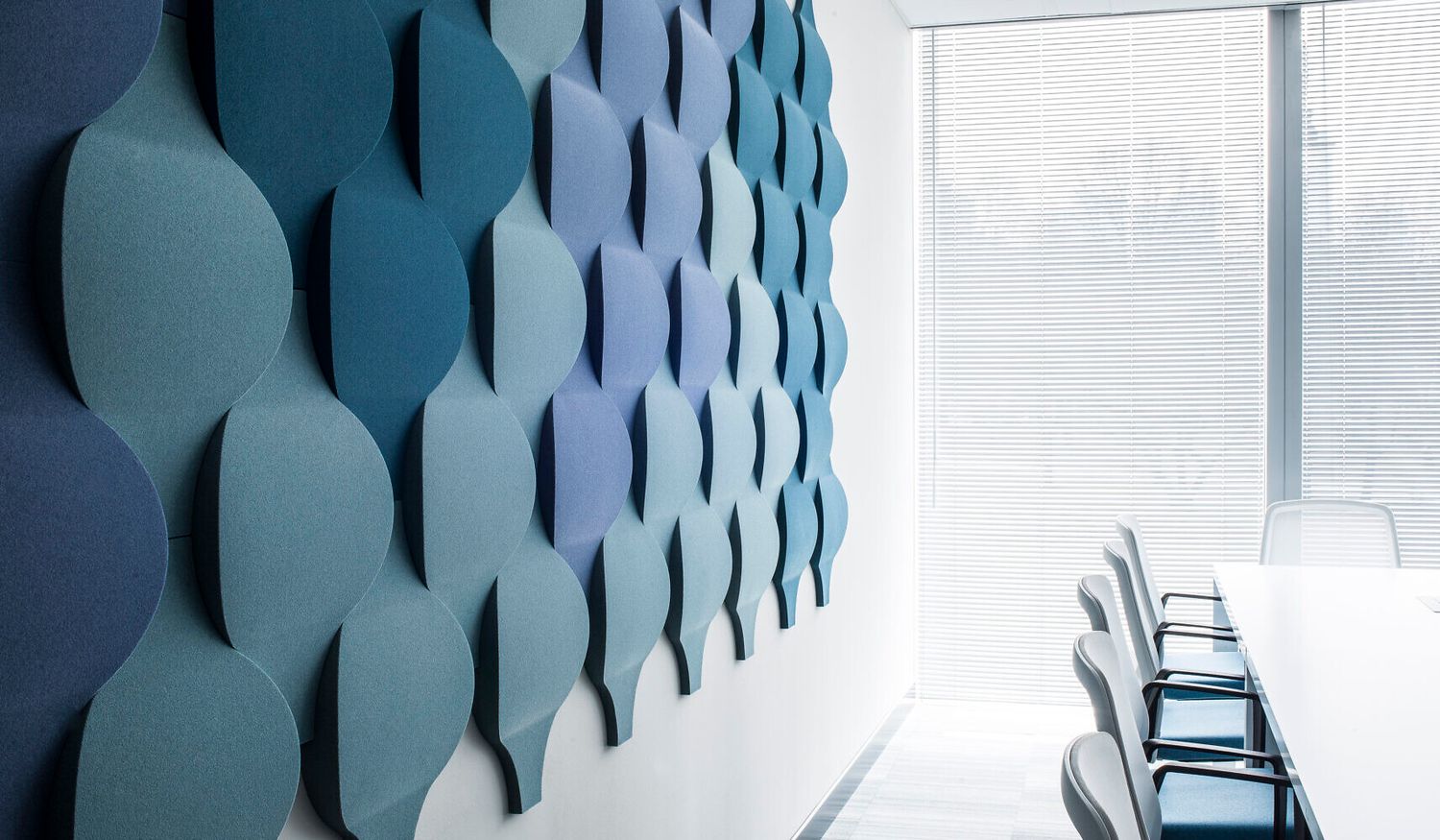
How Sound Travels
To successfully soundproof a wall, it is essential to know how sound travels. Sound travels through air and solid surfaces in two main ways:
Airborne sound: This consists of noise from talking, music, and traffic, which passes through the air and enters walls.
Structure-borne sound refers to vibrations due to footsteps, furniture movement, or construction noise that travel through floors and walls.
Effective soundproofing involves both types of sound transmission.
Steps to 100% Soundproof a Wall
1. Install Soundproof Wall Panels
One of the best methods to soundproof a wall is using soundproof wall panels. These are meant to absorb sound waves and stop them from moving through the wall. They are manufactured using materials such as foam, fiberglass, and mineral wool, which successfully minimize the noise level. Mount them on the wall utilizing adhesive or mounting hardware for complete coverage.
2. Use Acoustic Insulation
Acoustic insulation is placed within the wall to stop sound from passing through the drywall and studs. A product such as mineral wool or fiberglass insulation is effective for soundproofing. Acoustic insulation reduces airborne noise as well as structure-borne noise when appropriately installed.
3. Install Mass Loaded Vinyl (MLV)
Mass Loaded Vinyl (MLV) is heavy, pliable, and sound-blocking material. Install sheets of MLV to wall studs before putting up drywall or overlaying existing drywall. Its dense mass effectively lowers sound entry and is a key part of the fully soundproofed wall.
4. Install Double Drywall with Green Glue
Adding a second layer of drywall adds weight to the wall, making it more difficult for sound to travel through. Spread Green Glue between the layers of drywall to serve as a damping compound, which dissolves sound vibrations. This works well for low-frequency sounds.
5. Seal All Gaps and Cracks
Even tiny gaps and cracks can transmit sound. Seal any openings around vents, windows, doors, and outlets with an acoustic sealant or caulk. Sealing properly prevents sound from escaping through weak spots in the wall.
6. Install a Soundproof Barrier
Create a soundproof barrier over the wall, like a heavy curtain or soundproof blanket. While this will not wholly soundproof the wall, it is very effective when used in conjunction with other techniques.
7. Construct a Decoupled Wall
Decoupling is done by placing space between two layers of drywall with resilient channels or sound isolation clips. This stops sound vibrations from passing directly through the wall by breaking the sound wave path.
Additional Better Soundproofing Tips
- Ensure that every electrical switch and outlet on the wall is well-sealed using acoustic putty.
- Install weather strips around doors and windows to close the sound leaks.
- Cover neighboring floors and ceilings with thick carpets or rugs to absorb sound reflections.

Conclusion
To achieve 100% soundproofing of a wall, you must use a combination of techniques, such as installing soundproof wall panels, acoustic insulation, mass-loaded vinyl, and sealing all the gaps. With knowledge of how sound works and the proper materials and techniques, you can make your space quieter and more peaceful. Whether you soundproof a home office, bedroom, or recording studio, these steps will guide you in effectively blocking unwanted noise and having more privacy.



